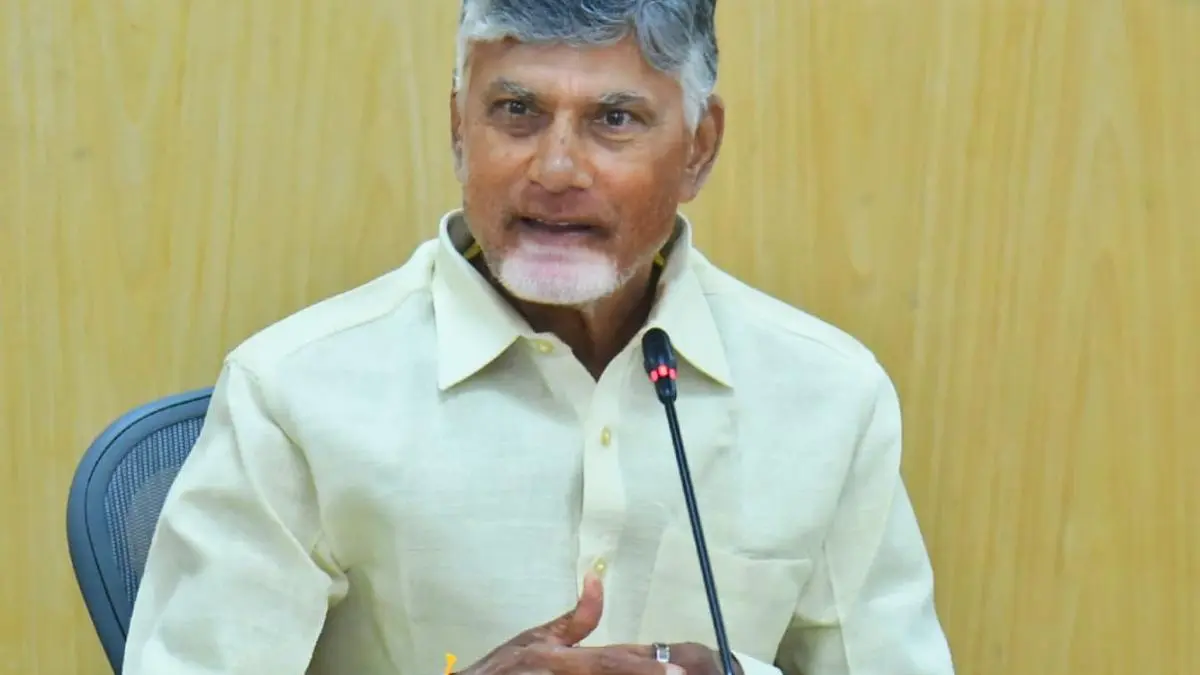The New England Journal of Medicine recently published “Project NextGen — Defeating SARS-CoV-2 and Preparing for the Next Pandemic,” by Xavier Becerra, and Ashish Jha, a “Perspective” so shallow it’s hardly worth pulling on my yellow waders. Starting with the headline:
Project NextGen — Defeating SARS-CoV-2 and Preparing for the Next Pandemic
It’s not clear to me how Biden could have said “the pandemic is over” if in fact Covid still needs “defeating,” but let that pass. Let’s move on to the text of the article. The non-indented material that follows is excerpted directly from NEJM; annotations are placed beneath each paragraph, and indented.
[BECERRA, JHA:] The development of safe and effective Covid-19 vaccines and treatments within a year after SARS-CoV-2 was first identified represents one of the great successes of modern science[1]. Thanks to the ingenuity of scientists, along with cooperation between the U.S. government and the private sector, these medical countermeasures changed the trajectory of the pandemic, saving millions of lives in the United States and tens of millions globally.[2]
[1] Not to mention the former guy’s administration, which must have done it, and with a program that doubtless had a name, but you’d never know that from Becerra and Jha. For detail on Trump’s Operation Warp Speed (OWS), see NC here. Differences between OWS and Project NextGen include: 1) A clear timeline for OWS deliverables, but none for Project NextGen, 2) $18.5 billion via a blank check vs. $5 billion cobbled together from money not spent on other programs, and 3) =the involvement of the military in OWS. (The military was surely involved to handle the logistics of distribution, which Big Pharma will handle for Project NextGen, but also, I would speculate, because the military is one of the few functional organizations left in the United States, rather like the KGB in the last days of the USSR).
[2] Many more millions of lives would have been saved globally, had the Administration induced Big Pharma to relax its death grip on vaccine intellectual property (IP). Oddly, Becerra and Jha make no mention of sharing Project NextGen IP at all.
[BECERRA, JHA:] The only way[1] to stay ahead[2] of the[3] virus is to continue to update the composition of our vaccines and administer them in a regular cadence[4].
[1] A gloriously impervious erasure not only of non-pharmaceutical interventions (NPIs), but of simple yet effective over-the-counter preventives and treatments like nasal sprays.
[2] Presumably there’s a lag between the appearance of a new virus or variant of concern, and the development and production of a new vaccine. Even a lag of weeks, let alone months, would be significant were the new virus exhibiting doubling behaviors. Without NPIs and other treatments, what fills the lag?
[3] The definite article, hence SARS-CoV-2. But the headline says “preparing for the next pandemic.” If the next virus is also airborne,then the strictures on NPI in note [2] apply with even greater force.
[4] Administering in “a regular cadence” implies that vaccines would be administered by the calendar, like the flu virus, as opposed to medical necessity (for example, an approaching peak). Administration by calendar seems to assume that whatever virus causes the next pandemic will be seasonal. But SARS-CoV-2 is not, so why make that assumption?
[BECERRA, JHA:] Since it’s safe to assume that SARS-CoV-2 will continue to evolve, the goal for the next generation of vaccines and treatments is to be effective irrespective of that evolution[1] — to protect against infection, transmission, and severe illness. This new approach is important for everyone, but particularly for the most vulnerable people — older adults and people who are immunocompromised[2], for whom infections can have more severe consequences.
[1] Surely this is hubris? Big Pharma’s going to take on evolution, and win? And all our eggs in the Big Pharma basket? Sharing air is fine, as long as you’ve had your shots?
[2] Window-dressing. If the Administration gave two sh*ts about the immuno-compromised, Mandy Cohen wouldn’t be swanning around maskless — in airports, no less; smiling, of course — hospitals wouldn’t be gutting universal masking, and HICPAC wouldn’t be proposing to ratify those policies and remove N95s from hospitals altogether.
[BECERRA, JHA:] Why is government investment needed at this time and for this effort? Although there is consensus[1] that these tools are critical for our fight moving forward, current market forces have made development slow. Reduced interest in traditional vaccines has limited investments in this area[2]. In addition, the science underpinning these efforts is difficult and requires work that is not guaranteed to pay off on the timelines that many private investors seek[3]. There are also important scientific and regulatory challenges, such as determining how to best measure a new vaccine’s efficacy. Although companies may eventually bring the needed products to market, the current anticipated timelines could leave the public vulnerable[4], without additional tools, for many years. This prospect reflects a classic market failure: the costs of development have been left to private market forces that may not place adequate value on products’ broad benefits for the people of the United States and the rest of the world.
[1] The consensus is so consensed that no sources need be cited, apparently.
[2] Big Pharma didn’t make bank on mRNA? Really?
[3] So the Federal government will do the work, and then hand the payoff to Big Pharma.
[4] Can’t have that lol (as the Federal government systematically dismantles testing and data feed after data feed goes dark).
[BECERRA, JHA:] The U.S. government has committed to accelerating the science by streamlining development processes, using such strategies as standardizing assays, standardizing protocols, and providing timely regulatory guidance[1]. This approach will build on years of success of the Biomedical Advanced Research and Development Authority[2] (an agency within the Department of Health and Human Services), and it is designed to help ensure that new tools reach the American people in the shortest time possible[3].
[1] Nothing about trials? Nothing about adverse event reporting?
[2] From WaPo in 2021, on the Biomedical Advanced Research and Development Authority (BARDA):
“Federal officials repeatedly raided a fund earmarked for biomedical research in the years leading up to the covid-19 pandemic, spending millions of dollars on unrelated salaries, administrative expenses and even the cost of removing office furniture, according to the findings of an investigation into a whistleblower complaint shared with The Washington Post.
The investigation, conducted by the inspector general of the Department of Health and Human Services and overseen by the Office of Special Counsel, centered on hundreds of millions of dollars intended for the development of vaccines, drugs and therapies by the Biomedical Advanced Research and Development Authority or BARDA, an arm of the federal health department… The inspector general substantiated some of the whistleblower’s claims, finding that staff referred to the agency as the “bank of BARDA” and told investigators that research and development funds were regularly tapped for unrelated projects, sometimes at “exorbitant” rates.
[3] Actual delivery dates carefully unspecified.
[BECERRA, JHA:] Technological innovations leading to new vaccines and treatments will have direct benefit in future pandemics caused by respiratory pathogens[1], enabling more rapid development of better vaccines against other high-priority pathogens, whether they are other coronaviruses or pandemic influenza. These innovations may also help us improve our approaches to current threats that still result in a significant burden of disease, such as seasonal influenza and respiratory syncytial virus[2].
[1] That ventilation is an important aspect of controlling respiratory pathogens has been known since Florence Nightingale’s day. No [genuflects] innovation needed. Maybe if some Silicon Valley brain genius invented a way to charge rents on a HEPA filter, BARDA would throw some coin their way.
[2] Or, um, SARS-CoV-2.
[BECERRA, JHA:] By bringing together government agencies, scientists, and the private sector, the administration aims to catalyze a new[1] approach to building vaccines and treatments that finally tames SARS-CoV-2 and prevents it from continuing to cause a high burden of disease. Equally important, we expect this effort to advance the science needed to better prepare our country to prevent the next pandemic.
[1] “New” does not mean “best for public health.” If it did, Project NextGen would include a program to test existing vaccines, already developed but not yet licensed in the United States, using non-MRNA and/or non-muscular injection technology. Examples include Sputnik V (viral vectored), Mambisa (mucosal), and iNCOVACC (mucosal). What “new’ does mean is “unencumbered by intellectual property rights concerns,” so Big Pharma’s profits are maximized with IP is controls.
Jha — Becerra is a mere cipher — is simply doing outside government what he was hired to do inside government. From Jacobin, in August 2022, when Jha was the Covid Czar in the White House:
“One of the things we’ve spent a lot of time thinking about in the last many months . . . is getting us out of that acute emergency phase where the US government is buying the vaccines, buying the treatments, buying the diagnostic tests,” Jha told the attendees. “My hope is that, in 2023, you’re going to see the commercialization of almost all of these products. Some of that is actually going to begin this fall, in the days and weeks ahead.”
And from New York Magazine, also in August 2022:
“When the administration signals this is a really important area, I suspect you’ll see the private sector, academics, universities, but also potential funders — private capital — going into these areas as well,” he says. “The goal is to try to catalyze private activity.”
A year later, Jha seems to have concluded that “market failure” means “private capital” can’t develop “products” to “defeat” SARS-CoV-2, motivated by profit as it is. So Jha’s solution is to have government develop the products, and then have private capital collect the profits. Meanwhile, public health measures that aren’t nearly so profitable — air filters, for example, are a very nice little business, but nothing like Big Pharma — will be left to whither. Ka-ching.





































